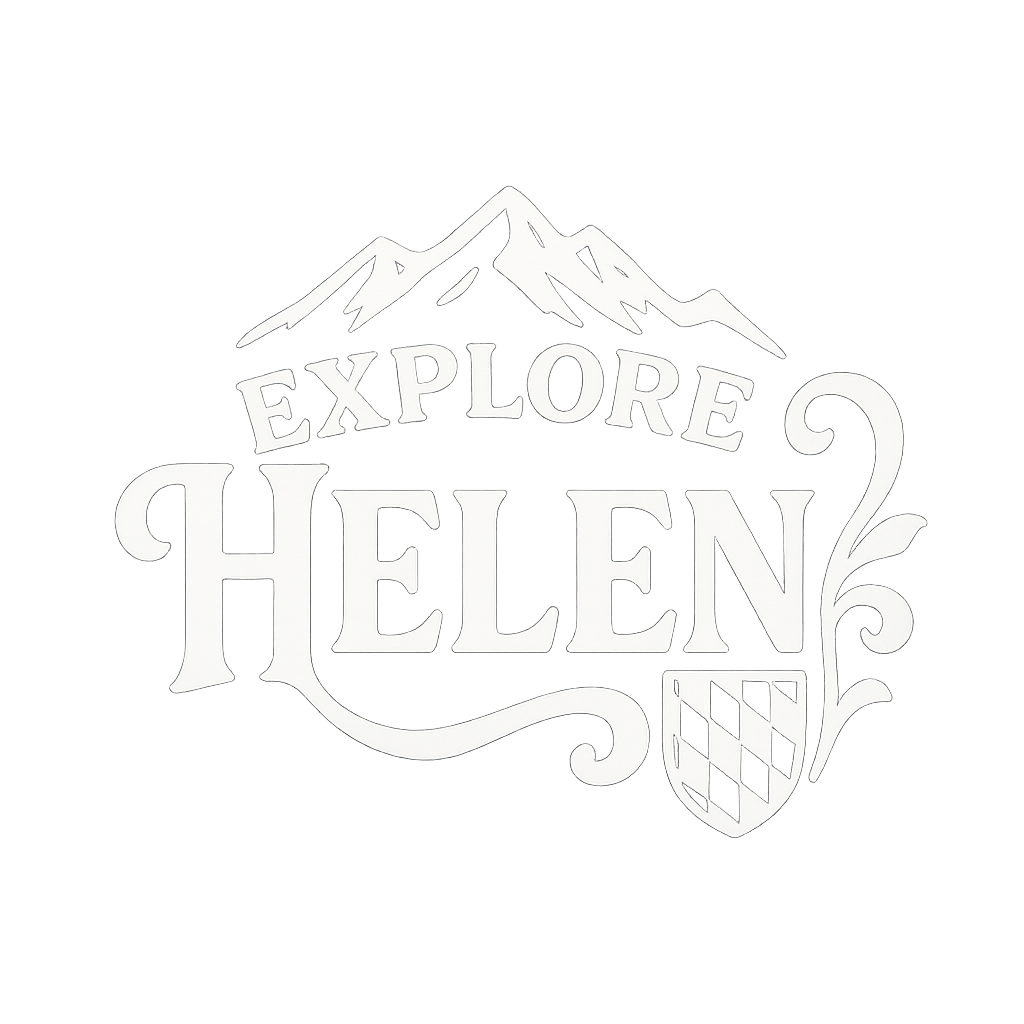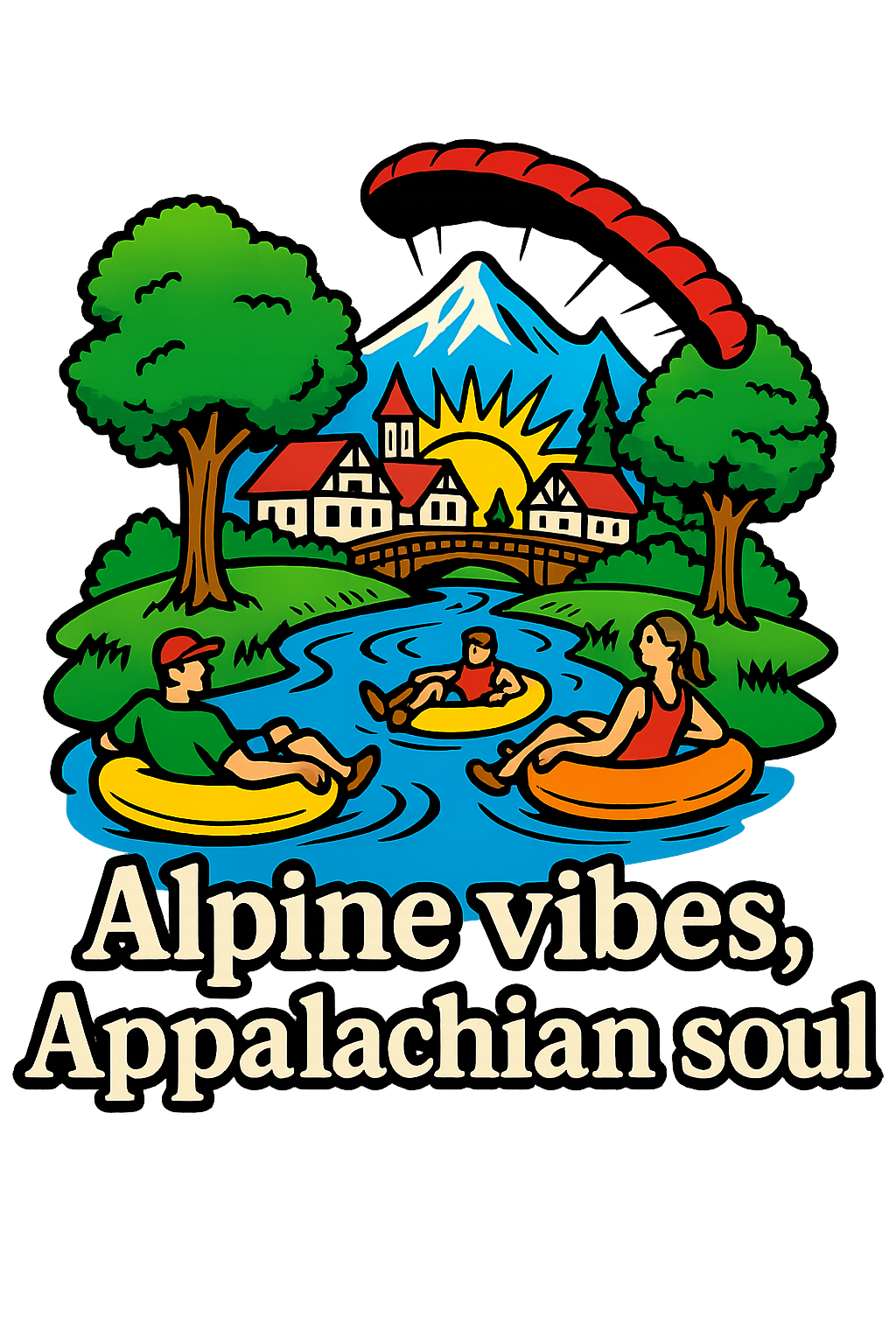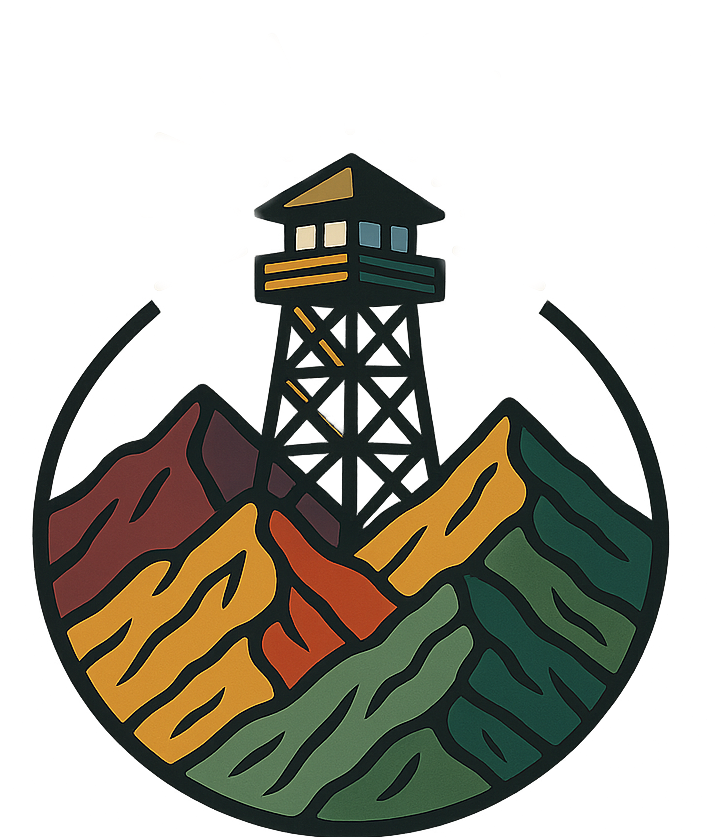The first impression is one of delightful disbelief. A visitor crests a hill in the Blue Ridge Mountains of Northeast Georgia, expecting pines and peaks, and is instead greeted by a vision plucked from a European fairytale. Tucked into a valley carved by the headwaters of the Chattahoochee River, a village of white chalets with brown beams, pitched red roofs, and cobblestone alleys rises against a backdrop of Appalachian forest.

The air carries the aroma of authentic German fare—schnitzel and sauerbraten—mingling with the sweet scent of handmade candies. Men in lederhosen and women in dirndls can be seen serving patrons in restaurants, while shops with fanciful gingerbread trim sell everything from cuckoo clocks to Christmas gifts year-round. It feels as though one has been transported to the cobblestone streets of Germany's famed Bamberg or Lindau, yet this is not the Alps, but Appalachia.
This is Helen, Georgia, a perfect replica of a Bavarian Alpine town and one of the state's most enchanting and improbable destinations. For over 50 years, it has thrived on a unique identity born from a blend of Old World charm and Southern hospitality. The town's very existence is a paradox that prompts the same question from nearly every first-time visitor. The answer is not a story of German settlement, but one of desperation, creativity, and the remarkable fulfillment of a dream an artist carried in his mind for nearly two decades.











